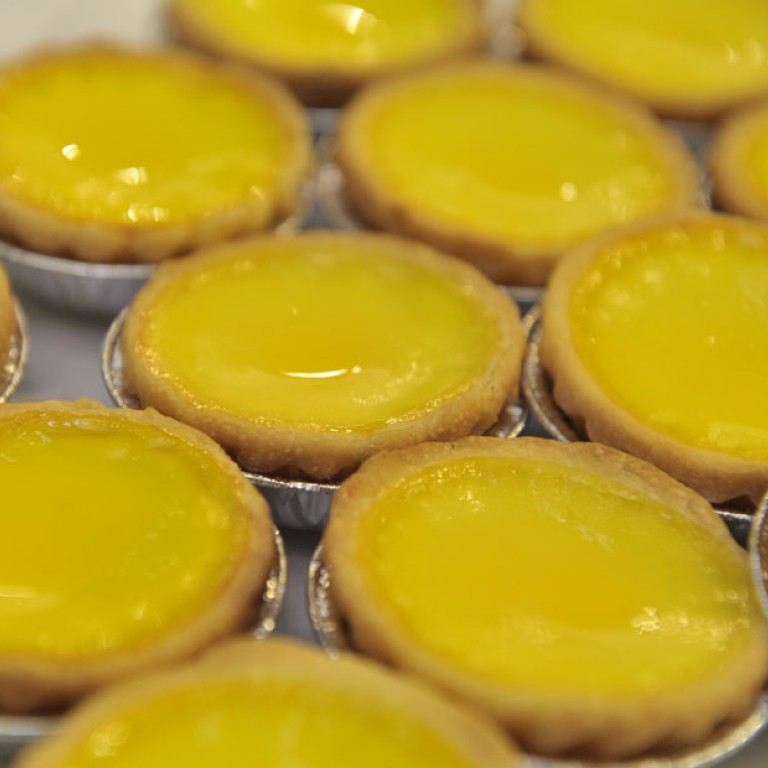
It's takes more than a list to preserve our cultural heritage
Finally, Hong Kong's awakening to the need to keep the past alive has been matched with some positive steps. After seven years of stock taking, an intangible cultural heritage inventory has been ironed out.
Finally, Hong Kong's awakening to the need to keep the past alive has been matched with some positive steps. After seven years of stock taking, an intangible cultural heritage inventory has been ironed out. The official list comprises 480 entries, ranging from festivals and craftsmanship to knowledge and practices. For a small city with a relatively short history, this is no small achievement.
Some items are obvious, such as the Tai Hang fire dragon dance and the Bun Festival in Cheung Chau. Their significance was recognised when they were inscribed on the national list of intangible culture in 2011. That some beloved items of local fare such as egg tarts, pineapple buns and milk tea have also made it is unsurprising. They form part of the food culture of , which is a unique Hong Kong institution. To reflect our cultural diversity, traditions observed by local ethnic minorities, such as the Nepalese women's festival and the Bangladesh international mother language day, are also given recognition.
The list goes beyond instilling a sense of pride. It raises public awareness and interest in heritage, and helps strengthen our cultural identity and social cohesion. It may even bring economic benefits, as is the case with many Unesco-listed world heritage sites that draw crowds of tourists every year.
Official recognition is just the first step to protect our intangible heritage. It would be meaningless if it does not come with a comprehensive conservation strategy. However, officials have ruled out a conservation fund at this stage, saying safeguards will be implemented on a case-by-case basis.
Some of our intangible heritage is arguably even more vulnerable than our built heritage. The nature of traditions and practices is such that they will easily disappear if they are not sustained and passed on to future generations. The inventory is no better than the grading system for built heritage, which only appraises and recognises, but offers little protection. If the government is serious about keeping our cultural heritage alive, a more active approach is needed.

